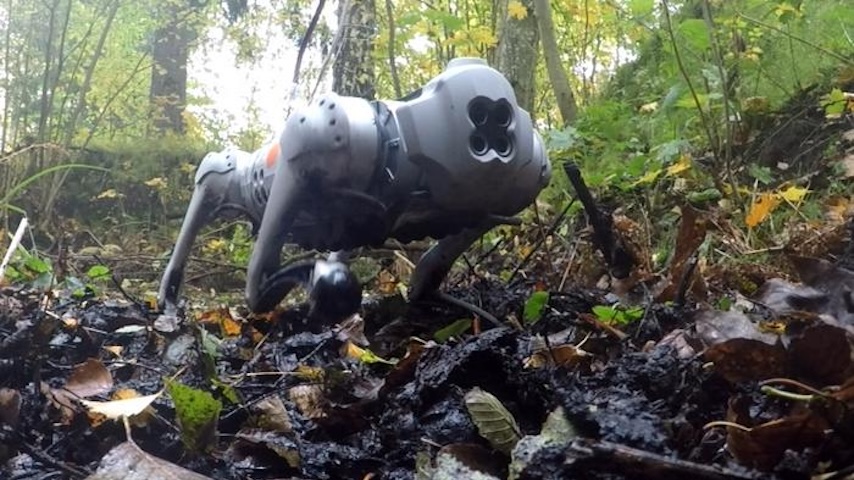Infographic: A Robot for Every Home
Infographic: A Robot for Every Home


Sales of service robots continue to rise as the COVID-19 pandemic pushes these helpers into the spotlight.
Robot usage is on the rise, not just in the factory, but also in social service areas.
In the medical industry, robots have found new roles in the past few years. Robotic units saw increased use for medical therapy and rehabilitation as patients could not regularly visit. For example, PARO is a small, fluffy, seal-shape robot developed by the Japanese company AIST intended to reduce stress for older people and improve socialization between elderly patients and their caregivers.
Education will benefit significantly from robots. According to the Consumer Technology Association, robots can help continue education lessons outside the classroom and help to promote STEM skills. KEYi Tech’s ClicBot is a modular robot for both children and adults that promotes code learning. The robot can be programmed by recording its position but can also be fine-tuned by using drag-and-drop coding based on Google Blocky.
Lastly, retail services will soon see robots behind the register, acting as a concierge, or even a greeter. AT the Consumer Electronic Show 2019, LG and Samsung showcased service robots designed to operate in public spaces such as airports, hotels, and malls. SoftBank Robotic’s humanoid robot Pepper is a prime example of how robots can be used to interact with humans and provide customer assistance, enhancing the shopping experience.
In the medical industry, robots have found new roles in the past few years. Robotic units saw increased use for medical therapy and rehabilitation as patients could not regularly visit. For example, PARO is a small, fluffy, seal-shape robot developed by the Japanese company AIST intended to reduce stress for older people and improve socialization between elderly patients and their caregivers.
Education will benefit significantly from robots. According to the Consumer Technology Association, robots can help continue education lessons outside the classroom and help to promote STEM skills. KEYi Tech’s ClicBot is a modular robot for both children and adults that promotes code learning. The robot can be programmed by recording its position but can also be fine-tuned by using drag-and-drop coding based on Google Blocky.
Lastly, retail services will soon see robots behind the register, acting as a concierge, or even a greeter. AT the Consumer Electronic Show 2019, LG and Samsung showcased service robots designed to operate in public spaces such as airports, hotels, and malls. SoftBank Robotic’s humanoid robot Pepper is a prime example of how robots can be used to interact with humans and provide customer assistance, enhancing the shopping experience.




